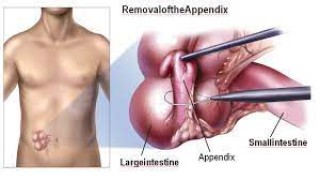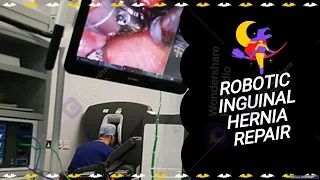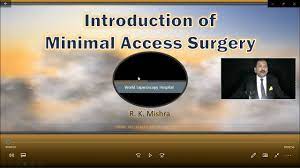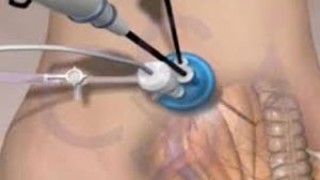Two Port Laparoscopic Cholecystectomy
Add to
Share
187 views
Report
2 months ago
Description
Laparoscopic cholecystectomy is the gold standard procedure for the treatment of gallstone disease and chronic cholecystitis. Traditionally, this surgery has been performed using four ports, providing adequate visualization and instrument access. However, advancements in minimally invasive surgery have introduced modified approaches such as two-port laparoscopic cholecystectomy, which aim to further reduce postoperative pain, improve cosmetic results, and shorten recovery time without compromising safety. Concept of Two-Port Technique The two-port laparoscopic cholecystectomy involves the use of only two access points: A 10 mm umbilical port for the laparoscope and sometimes an additional instrument. A 5 mm epigastric or subxiphoid port for dissection and operative instruments. Retraction of the gallbladder can be achieved with percutaneous sutures, needlescopic instruments, or stay sutures, eliminating the need for additional working ports. Surgical Steps Patient Positioning: Supine position with the operating table in reverse Trendelenburg and slight left tilt. Port Placement: Umbilical port (10 mm) for the laparoscope. Epigastric port (5 mm) for the working instrument. Retraction of Gallbladder: Achieved using transabdominal sutures or needlescopic grasper to lift the gallbladder fundus and expose Calot’s triangle. Dissection of Calot’s Triangle: Careful identification of cystic duct and artery. Clip Application and Division: Cystic duct and artery are clipped securely and divided. Gallbladder Removal: Dissected from the liver bed and retrieved via the umbilical port. Advantages of Two-Port Cholecystectomy Less postoperative pain compared to conventional four-port technique. Smaller number of incisions results in better cosmetic outcomes. Reduced risk of wound-related complications. Early ambulation and faster recovery. Cost-effective when compared with single-incision laparoscopic surgery (SILS). Limitations and Challenges Requires higher surgical expertise due to limited instrument triangulation. Steeper learning curve compared to standard four-port approach. Retraction with sutures may be time-consuming in some cases. Not suitable for all patients, especially in difficult gallbladder cases like acute cholecystitis or severe adhesions. Clinical Outcomes Multiple studies have shown that two-port laparoscopic cholecystectomy is as safe as the standard technique in selected patients. It offers comparable operative time, complication rates, and conversion rates while providing the added benefit of improved patient satisfaction due to reduced pain and scarring. Conclusion Two-port laparoscopic cholecystectomy is an effective modification of the traditional technique, combining safety with superior cosmetic and analgesic outcomes. While not universally applicable in all cases, it stands as a viable option in the evolving field of minimal access surgery, especially for patients seeking less invasive treatment for gallbladder disease.
Similar Videos






